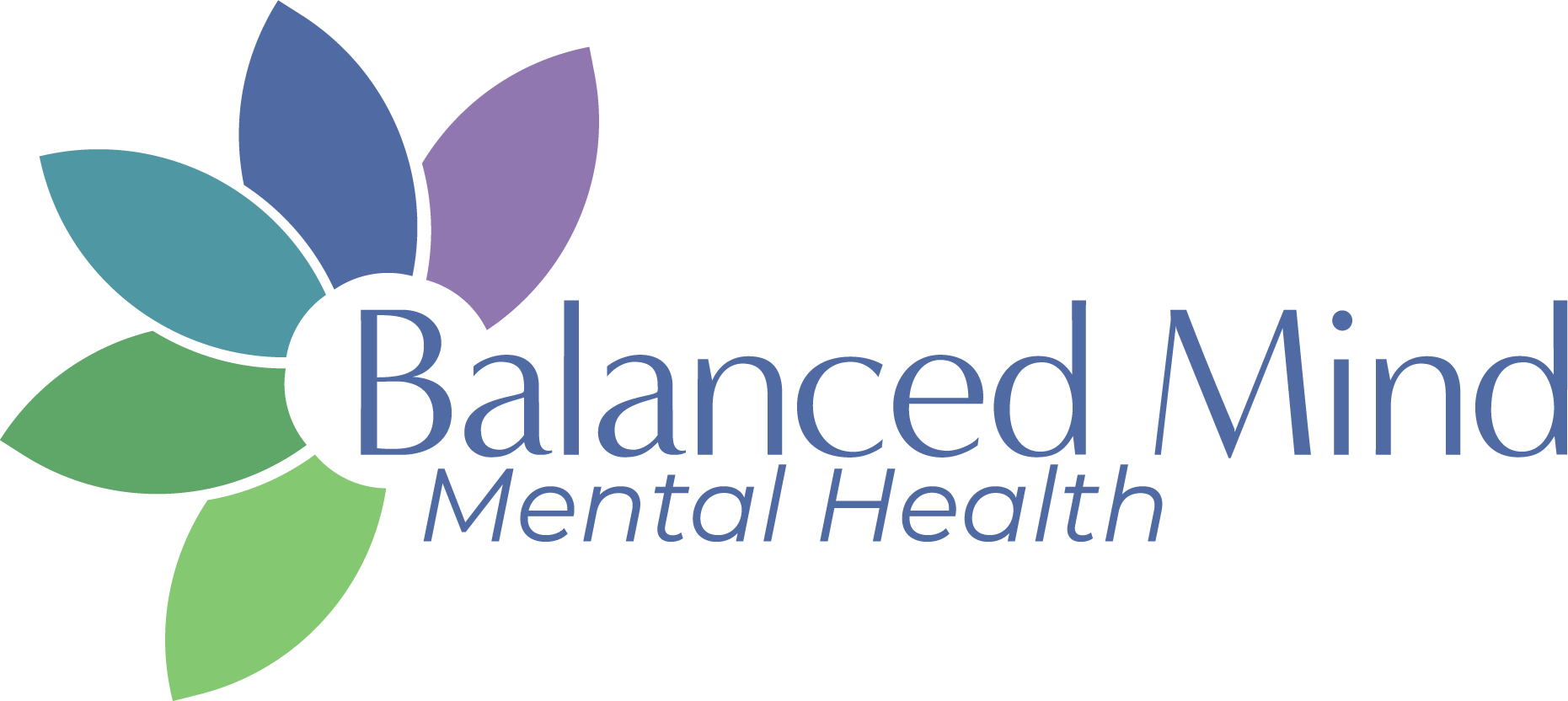Many individuals overlook or minimize their physical and emotional distress, attributing it to a challenging menstrual cycle or personal weakness. Such tendencies can often hinder the recognition and treatment of conditions like Premenstrual Dysphoric Disorder (PMDD). In this article, we aim to shed light on PMDD, clarify misconceptions, and explore avenues for support.
Differentiating PMDD from PMS
PMDD is frequently mistaken for Premenstrual Syndrome (PMS) due to overlapping symptoms such as mood swings, fatigue, and physical discomfort. However, PMDD is far more severe. It can begin up to two weeks before menstruation, with individuals experiencing intense symptoms like:
- Severe depression and irritability
- Pronounced mood swings
- Extreme fatigue
- Breast pain and swelling
- Altered eating habits
This overlap means individuals with PMDD endure symptoms for nearly half of each month, often misdiagnosed as PMS, delaying necessary treatment.
The Prevalence of PMDD
PMDD, estimated to affect approximately 1.4% of menstruators globally, can often go undiagnosed due to strict criteria. This suggests that the prevalence could be higher, underscoring the need for accurate diagnosis and understanding of this condition.
Raising PMDD Awareness: Why It Matters
By raising awareness about PMDD, we can help sufferers realize they are not alone; their experiences have a name, and effective treatments are available. This awareness is not just for patients; it is also crucial for improving the education of healthcare providers. With increased awareness and education, medical professionals can better identify, diagnose, and treat PMDD, leading to improved patient outcomes.
Managing PMDD: Treatment Options
PMDD can significantly impact daily life, but it is manageable with appropriate treatments. Awareness initiatives can enhance the availability and effectiveness of PMDD interventions, including:
Medication Management
- SSRIs and SNRIs: Selective Serotonin Reuptake Inhibitors or Serotonin Norepinephrine Reuptake Inhibitors help mitigate PMDD symptoms by enhancing serotonin levels, which can improve mood and reduce anxiety. They may be used throughout the month or just during the symptomatic phase.
- GnRH Injections: Gonadotropin-releasing hormone analogs temporarily simulate menopause to alleviate PMDD symptoms, often accompanied by hormone replacement therapy.
- Contraceptives: Birth control methods can help regulate hormonal fluctuations, providing relief from PMDD symptoms.
Therapeutic Approaches
Therapy offers valuable strategies for managing PMDD, including cognitive behavioral therapy (CBT) and dialectical behavior therapy (DBT). These evidence-based therapies focus on reshaping negative thought patterns, understanding personal vulnerabilities, and setting achievable goals. Such sessions provide a supportive environment for expressing emotions associated with PMDD.
Lifestyle Modifications
While lifestyle changes may not eliminate PMDD, they can alleviate its severity:
- Ensure adequate sleep (8 hours per night)
- Maintain a balanced, nutritious diet
- Limit caffeine, alcohol, and sugar intake
- Engage in regular aerobic exercise
- Incorporate daily vitamins
Reaching out to loved ones and avoiding isolation can elevate mood and enhance overall well-being. Prioritizing self-care during challenging periods can facilitate emotional healing and resilience.
Balanced Mind Mental Health: Your Partner in Care and Wellness
By understanding PMDD and implementing thoughtful awareness initiatives, individuals and healthcare providers can work towards timely diagnosis and effective treatment, ultimately improving the quality of life for those affected by this disorder.
Resources:
- The Lancet Psychiatry. (2016). Prevalence of Premenstrual Dysphoric Disorder: A Systematic Review and Metaregression Analysis.
Disclaimer: This information is for educational purposes only (regardless of date or topic), offering generalized details. It is NOT comprehensive and does not include all relevant information about conditions, treatments, medications, side effects, or risks for specific patients. It aims to aid understanding of mental health conditions or treatments, not to replace medical advice or the evaluation, diagnosis, or treatment provided by a healthcare provider tailored to an individual’s unique circumstances. Always consult a healthcare professional for a thorough evaluation, diagnosis, and treatment plan. This information does not endorse any treatment or medication as safe, effective, or approved. Additionally, portions of this content were generated with the assistance of artificial intelligence. Balanced Mind Mental Health and its affiliates disclaim any warranty or liability associated with this information or its use.
